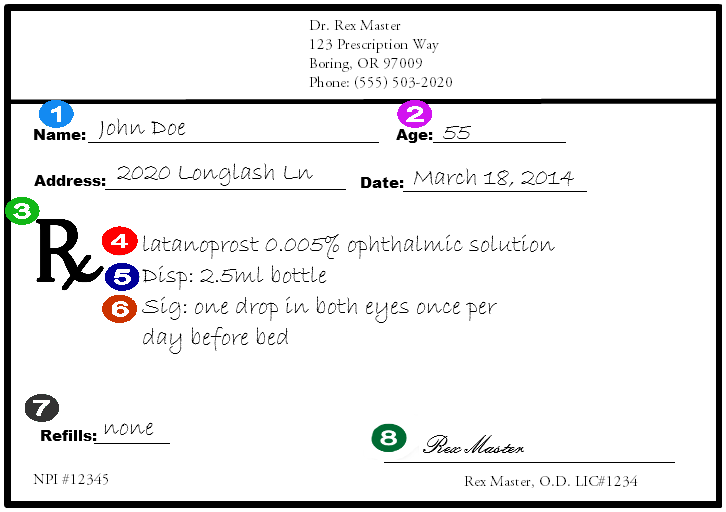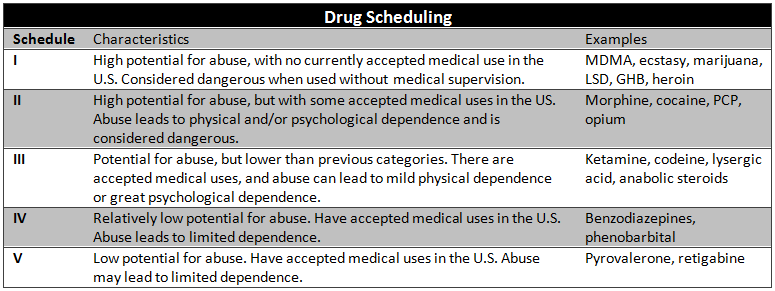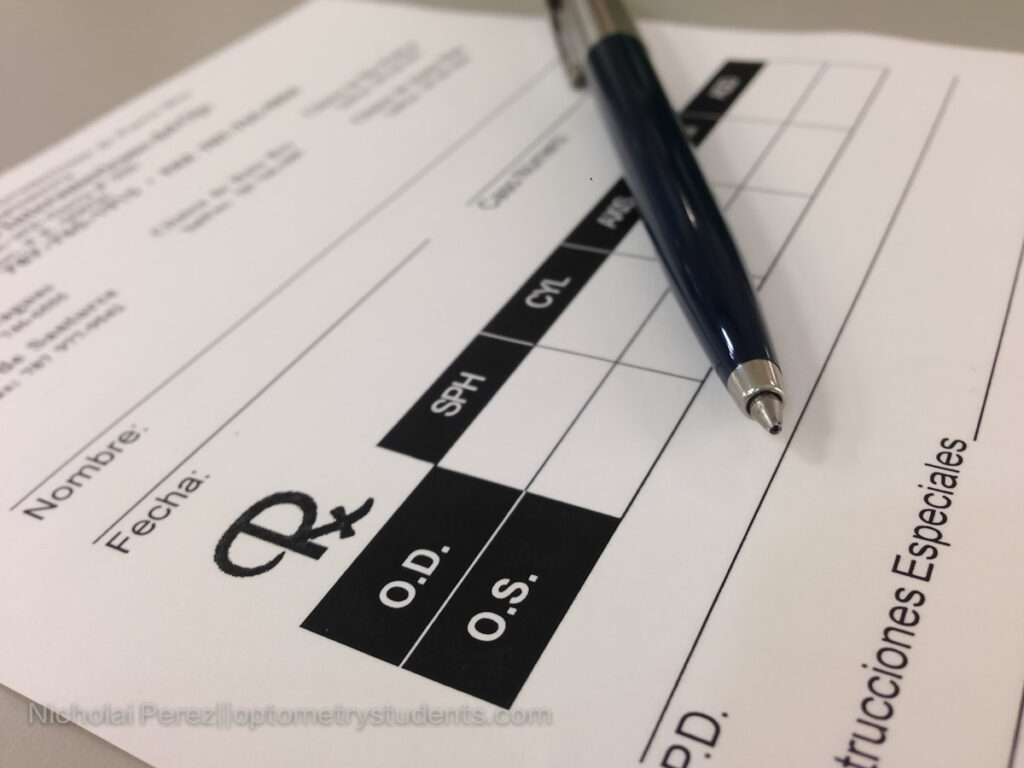As busy students, we can’t help but love technology. Computers make it easier to organize class notes, look up patient charts, and record data during clinic. And with a couple checks of a box on an electronic medical record, we can have a patient’s prescription printed out and ready to go! This is a huge time-saver and keeps us from making silly errors. But as we all know, computers crash. Printers jam. And sometimes, we need to do things the old-fashioned way. Below you will find a quick reference guide to hand-writing a prescription correctly!

1. Patient Information
It’s important to include the patient’s full name, age, and current address. This helps minimize confusion with another patient of the same name, and age information is sometimes needed in order to monitor drug dosage.
2. Prescription Date
Including the date on which the prescription was written is a crucial piece, especially if you are prescribing a heavy-hitting schedule II, III, or IV drug. You probably won’t be prescribing many scheduled drugs as an optometrist, though some states do permit prescribing narcotics for ocular pain. A summary of the different schedule categories is included below. Check out the DEA website for more information!
3. Rx Symbol
Considering that many of us use the term “Rx” and “medication” interchangeably, I think it’s safe to say we are all familiar with this! This symbol is the superscription (i.e., heading) and it highlights the beginning of your instructions for dispensing the medication.
4. Medication prescribed
This line is the inscription, which is where you will include details about the specific drug and percentage you want to prescribe. Although it can be tedious to write out long drug names or the phrase “ophthalmic suspension,” it is always best to avoid abbreviations. This will cut down on patient tampering and will also make things perfectly clear for the pharmacist. The inscription should include the following:
- Drug name – can be generic or trade name
- Drug strength – especially if the drug comes in more than one strength
- Drug formulation
5. Dispensing directions
This is where you will let the pharmacist know what exactly to hand over to the patient. These directions are known as the subscription. Some caveats:
- Write the amount the pharmacist will dispense, preceded by “dispense,” “disp,” or “#”
- Always spell numbers out to prevent confusion and possible alterations
- Include the bottle size, ointment tube size, or number of tablets or capsules
6. Patient use directions
This section is called the signatura – sig for short – and is where you lay out the nitty-gritty details for how and when the patient will use the prescribed medication. If you’re worried about writing a novel, don’t be! Write in plain language, and include as much information as needed to ensure proper patient compliance. Here are some things to include:
- Amount of drug to take each time
- When to take the medication (frequency, duration) – avoid “PRN”
- Route of administration
- How to administer the medication (for us, usually via the eye!)
- When to discontinue use
- Diagnosis is optional but helpful to include
7. Refills
This is where you should designate refills, as well as any other special labeling or instructions. Here is another circumstance where you want to minimize the likelihood that the prescription could be altered in any way, so be sure to write “none” if you don’t want to prescribe any refills!
| Tip: The amount of medication prescribed and the number of refills can help monitor patient compliance. There are ~30 drops per milliliter of ophthalmic solution, so a 5ml bottle should contain about 150 drops. For example, a patient who uses drops once per day in both eyes uses 60 drops per month. |
Other special instructions could include:
- Shake before instillation
- For external use only
- Keep refrigerated/do not freeze
- Take with food
- Avoid alcohol
8. Prescriber’s information
Here is where you sign! Also make sure your signature, address, phone number, and NPI number are included on the prescription sheet. If you are prescribing controlled substances, you will also need to include your DEA number.
Now you should have all of the tools to write out a prescription by hand! Have any comments or questions? Comment below!





